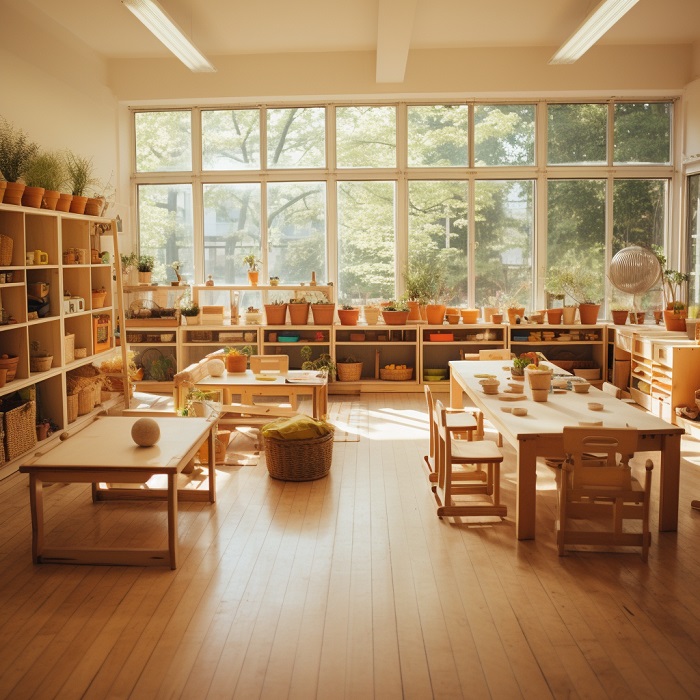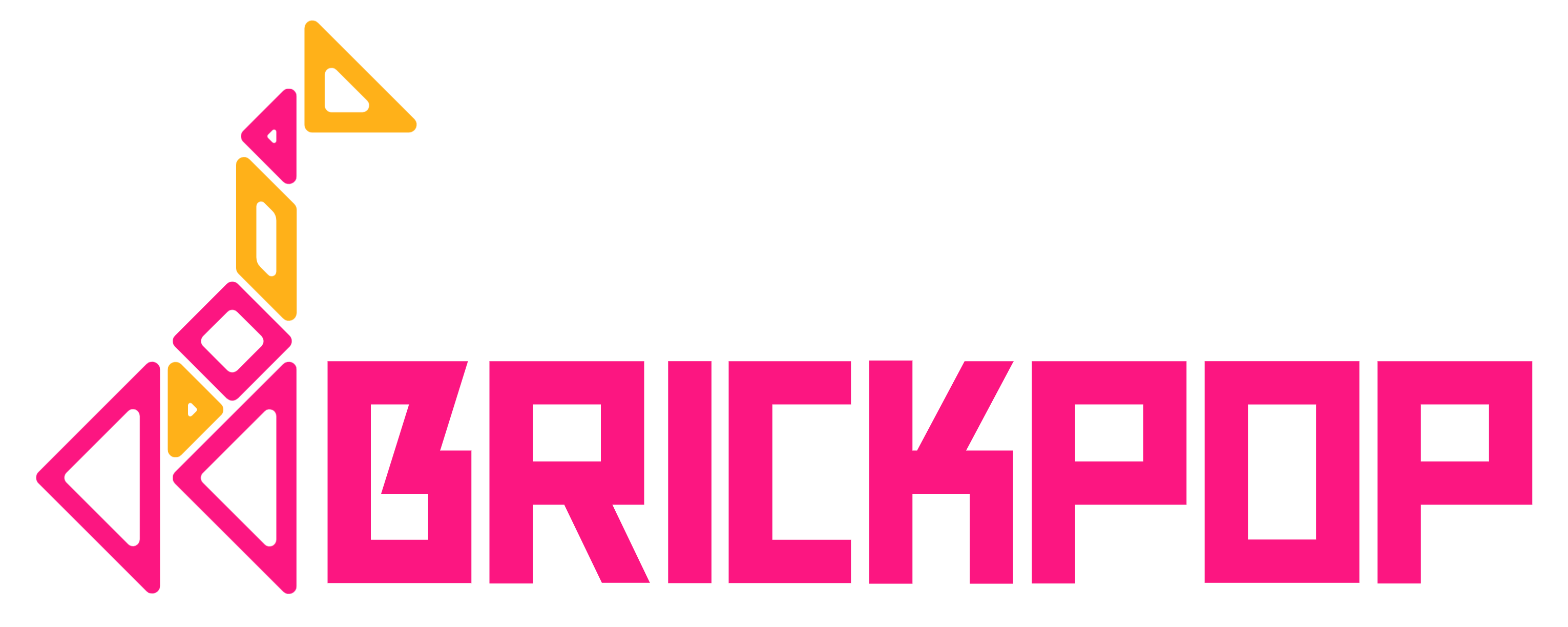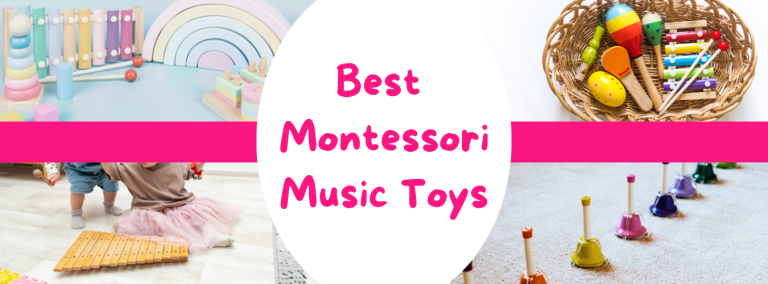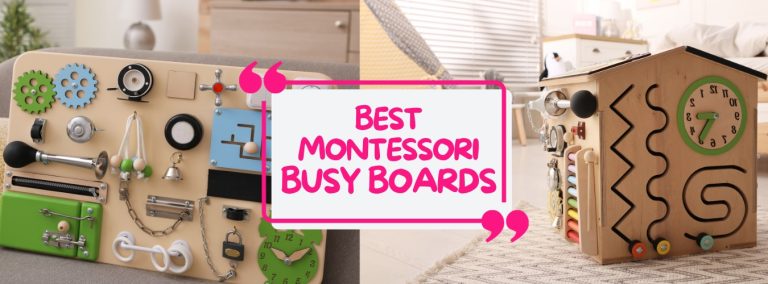Montessori Method: A Child-Centered Approach

The Montessori Method was created by Maria Montessori, an Italian doctor and teacher, in the early 1900s. It is a way of teaching kids that is focused on the child and their development. There are different Montessori principles that are used in the classroom so it can help with learning. I go through some of these ideas below so you can understand the Montessori classroom, the role of the teacher, and the goal with students.
10 Ideas of the Montessori Method
Here are the main ideas of the Montessori Method:
Child-Focused Learning
In a Montessori classroom, everything from the furniture to the activities is designed around the child. Lessons and hands-on materials are carefully tailored to match each child’s unique interests, abilities, and developmental level. The priority is supporting self-directed learning and helping each child progress at their natural pace.
The Prepared Environment
The Montessori classroom is thoughtfully arranged to pique curiosity and promote independence. Child-sized tables and chairs, open shelves with orderly materials, and activities ranging from simple to advanced allow kids to explore freely. The environment is welcoming yet orderly, with visually appealing materials made to engage the senses.

Montessori Materials
Dr. Montessori pioneered the use of cleverly designed manipulatives and activities. These special materials enable children to self-correct as they work, reinforcing the satisfaction of mastering skills independently. Sandpaper letters, colored beads for counting, and pegboards for fine motor skills are just a few examples.
Role of the Teacher
Rather than lecturing at the front of the class, Montessori teachers move discretely among students. They observe each child closely, introducing new materials when the child shows readiness. The teacher aims to empower rather than control, allowing kids to follow their innate drive to learn.
Mixed Age Classrooms
Montessori classes intentionally group children across three years – such as ages 3 to 6 – together. This fosters peer mentoring, with older children modeling skills and helping younger kids. The mixed ages of a Montessori classroom promote leadership as well as the ability to work cooperatively.
Self-Directed Learning
Children have the freedom to independently select activities that match their interests and talents. They proceed at their own pace rather than following a rigid schedule, which instills self-discipline and intrinsic motivation to master skills.

Long Work Periods
Uninterrupted 3-hour work blocks allow children to immerse themselves completely in self-chosen tasks. Without distractions, they can reach a profound state of concentration and pride in their accomplishments.
Respect for the Child
The Montessori philosophy fundamentally respects the child’s dignity, independence, and innate capacity to learn. Children are treated with warmth yet given the freedom to build self-reliance. This fosters confidence and a habit of following inner curiosity.
Whole Child Education
The Montessori Method develops more than academic skills alone. Activities nurture physical coordination, social skills, emotional maturity, and thinking abilities. The ultimate goal is educating all facets of the child.
Cosmic Education
Elementary children are introduced to cosmic education, which shows how all living things and the physical universe are interconnected. This breathtaking perspective builds a deep sense of awe and responsibility.

Conclusion
The Montessori Method uses simple language and hands-on materials to make learning fun and interactive for kids. It allows them to discover at their own pace and become independent learners. This teaching method has spread worldwide and continues to influence education today.





